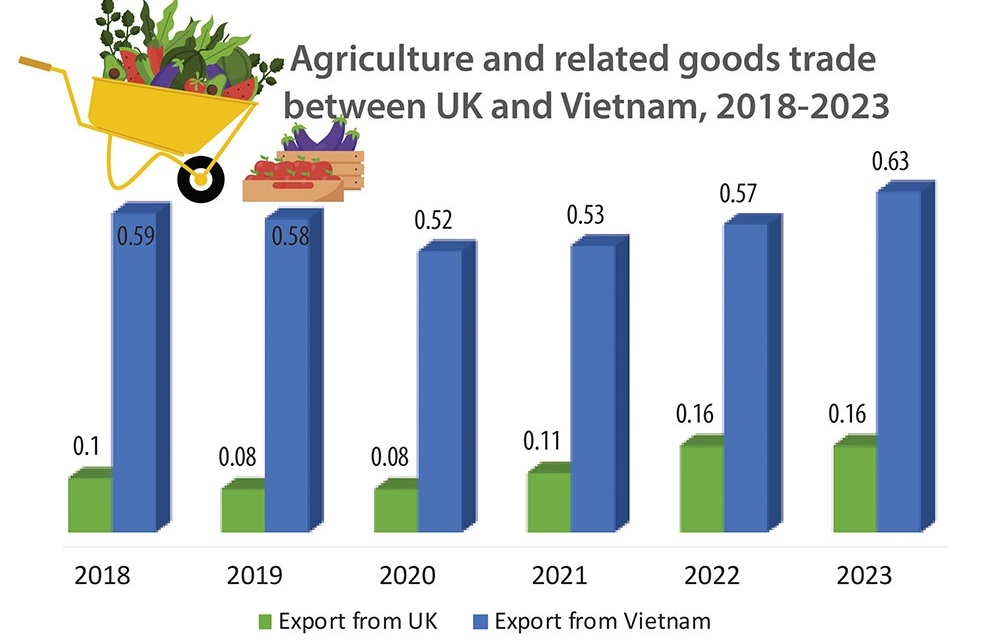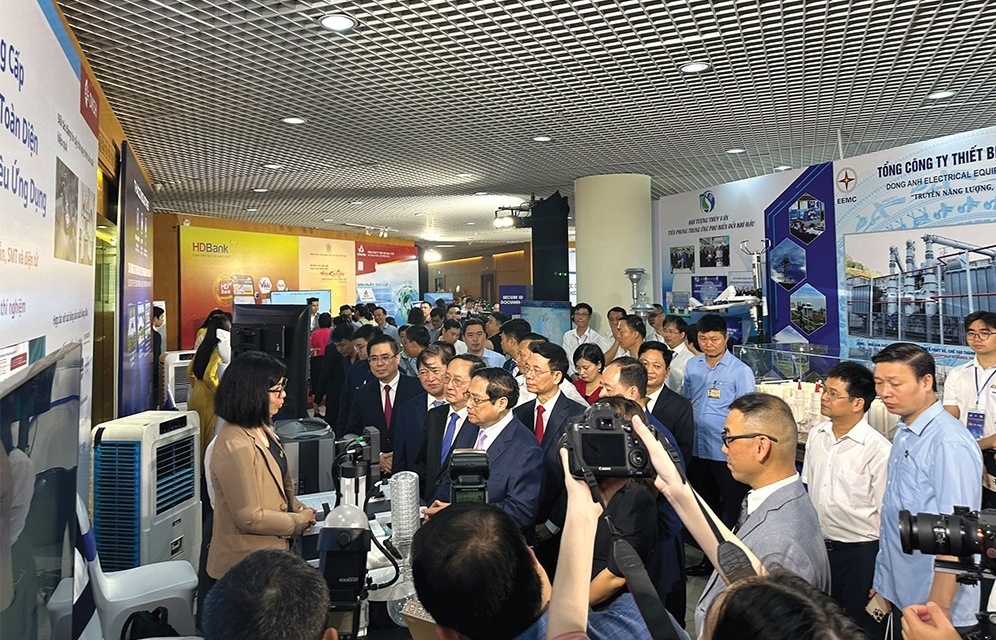Fight against poverty not yet over
 |
| Not everyone in Vietnam has benefited equally from the fight against poverty |
With the Ministry of Labour, Invalids and Social Affairs (MoLISA) reporting that Vietnam’s poverty rate fell from 22 per cent in 2005 to 9.45 per cent last year, exceeding the National Assembly’s initial target of 10 per cent for 2010, there is plenty of reason for good cheer.
“The country has been a world leader in poverty reduction. While China has lifted more people out of poverty, Vietnam has achieved a more rapid rate of poverty reduction,” said John Hendra, United Nations resident coordinator to Vietnam.
“What’s more, poverty reduction has largely benefited all population groups, across urban and rural areas, and in all regions. Vietnam is rightfully proud of this achievement,” he said.
Meanwhile, Deputy Minister of Planning and Investment Cao Viet Sinh attributed the gains to an integrated combination of several elements including more equal distribution of economic growth benefits, employment creation and income generation. Also important were support policies, social security, infrastructure development in the poor communes and, most importantly, the efforts of the poor themselves.
However, MoLISA admitted that the poverty rate of 9.45 per cent did not reflect the reality exactly. For instance, only 46 per cent of health care clinics in Vietnam’s communes meet national standards, while less than 30 per cent of poor people have access to health care insurance.
Deputy Prime Minister Nguyen Thien Nhan was keen to note that the quality of poverty reduction remained problematic. In many areas where ethnic minorities lived, including the north, central north, the central highlands and the Mekong Delta, the poverty rate was 3-4 times higher than the national average.
“The poverty gap between the northwest with the highest poverty rate of 31.5 per cent and the southeast with the lowest poverty rate of 3.2 per cent is 9.8 times,” Nhan said.
The Central Institute for Economic Management (CIEM) reported that the income gap between Vietnam’s top 20 per cent of earners and the bottom 20 per cent had continued to rise over time. In 1995, the richest group earned seven times more than the poorest group. By 2006, this figure grew to 8.4 times, and two years later in 2008, it was 8.9 times.
This year, the government will establish a new poverty line for 2011-2015. Under the new framework, households with a monthly per capita income of VND400,000 ($20.5) in rural areas and VND500,000 ($25.6) in urban areas will be classified as poor.
“The new poverty line means that Vietnam’s poverty rate will be 15 per cent, with 90 per cent of poor people concentrated in rural areas,” said MoLISA’s Minister Nguyen Thi Kim Ngan.
Hendra said that Vietnam now faced two key challenges if it wanted to continue to reduce poverty. “Poverty reduction has slowed considerably, and the poverty rate remains much higher among ethnic minority communities and in remote and mountainous areas. These population groups are falling behind or face barriers in terms of access to social services, social welfare and job opportunities”.
Hendra also noted that both natural disasters and economic shifts had the potential to push people back into poverty, and to drive those who were already poor even deeper into poverty.
What the stars mean:
★ Poor ★ ★ Promising ★★★ Good ★★★★ Very good ★★★★★ Exceptional
Related Contents
Latest News
More News
- Brighter talent means a fresh perspective (May 22, 2024 | 17:20)
- Construction of Tamagawa Vietnam's $35 million factory gets underway (May 21, 2024 | 19:40)
- Japan's SMC Corporation steps up manufacturing relocation to Vietnam (May 21, 2024 | 19:31)
- Binh Duong to build 220-hectare IT park (May 21, 2024 | 19:26)
- Prime Minister receives co-founder of Indian IT company Infosys (May 21, 2024 | 15:40)
- Hanoi calls for investments in six urban areas projects (May 20, 2024 | 15:08)
- Groundwork laid for the dual transition (May 20, 2024 | 10:36)
- A transition worth doing properly (May 20, 2024 | 08:30)
- Opportunities for Vietnam amid Chinese investment wave (May 17, 2024 | 20:51)
- Dong Nai has received over $800 million in FDI in 2024 (May 17, 2024 | 20:45)

 Tag:
Tag:

















 Mobile Version
Mobile Version